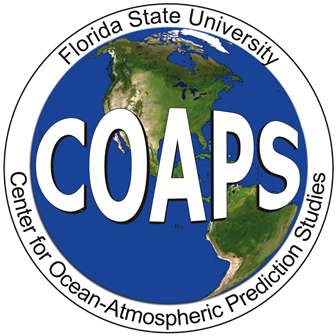
Oceanographic Data
-
National Data Buoy Center (w/map):
http://www.ndbc.noaa.gov/-
Buoy data from 1988; although it is not the buoy closest to Canaveral, it is in the vicinity and has the earliest record:
http://www.ndbc.noaa.gov/station_history.php?station=41009 -
The closest buoy to Canaveral is Trident Pier, which dates back to 2005:
http://www.ndbc.noaa.gov/station_history.php?station=trdf1
-
-
National Oceanographic Data Center – contains SST, Salinity, Sea Level, etc. (under parameters):
http://www.nodc.noaa.gov/-
Sea Level
-
Map showing locations of stations recording relative sea level. Clicking on a point will produce a time series graph showing changes in sea level over a period. The oldest station in Florida is the Key West station (1913–Present). This link goes to the Fast Delivery section, but the oldest data are under the Research Quality section.
http://uhslc.soest.hawaii.edu/data/fdd -
University of Hawaii Relative Sea Level Data for Canaveral Area (from 1994–Present):
http://ilikai.soest.hawaii.edu/uhslc/htmld/d0774A.html
*Available in daily, monthly, and hourly form -
Map showing locations of stations recording a number of meteorological variables:
http://tidesandcurrents.noaa.gov/gmap3/
Data can be found by locating the station of interest on the right and clicking "XML". Example: Trident Pier
http://opendap.co-ops.nos.noaa.gov/stations/stationData.jsp?id=8721604 -
Sea Level Trends (includes Daytona Beach, relatively close to Canaveral):
http://tidesandcurrents.noaa.gov/sltrends/sltrends.html
-
-
Sea Temperature
-
Gulf of Mexico climatology (from World Ocean Atlas; includes Florida), available in figures (more useful) or raw data:
http://www.nodc.noaa.gov/OC5/GOMclimatology/ -
World Ocean Database involves searching a database using specific parameters (country, coordinates, variables, etc), then downloading the data:
http://www.nodc.noaa.gov/OC5/SELECT/dbsearch/dbsearch.html
-
-

